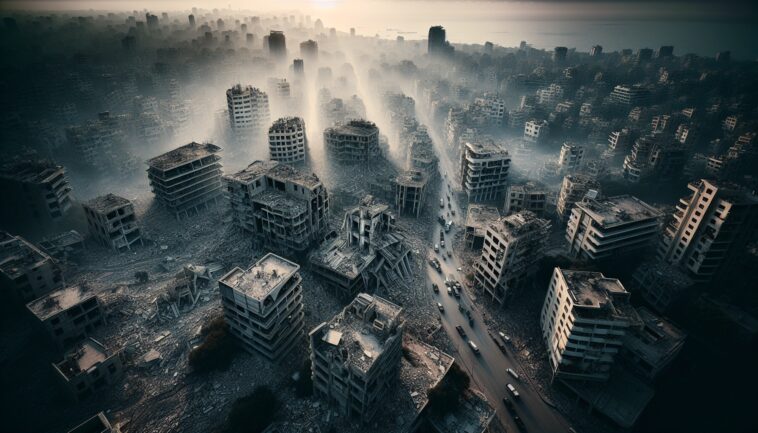Table of Contents
Background of the conflict
The ongoing conflict between Israel and Hezbollah has seen a significant uptick in military actions, particularly in the southern suburbs of Beirut. This area, known for its dense population and strong Hezbollah presence, has become a focal point for Israeli military operations.
Following a ceasefire agreement brokered by the United States, tensions have remained high, with both sides accusing each other of violations. The recent airstrikes by Israeli jets, which targeted alleged Hezbollah missile storage facilities, have reignited fears of a broader conflict.
Details of the recent strikes
On Sunday, Israeli jets conducted airstrikes in Beirut’s southern suburbs, marking the third such attack since the ceasefire was implemented. The Israeli military claimed that these strikes were aimed at precision-guided missile storage facilities belonging to Hezbollah, emphasizing that such actions violate the ceasefire agreement.
Eyewitness accounts describe a massive plume of smoke rising from the targeted area, with reports of destroyed vehicles and infrastructure. Despite the chaos, there were no immediate reports of casualties, highlighting the precarious balance of military engagement in the region.
Reactions from local and international leaders
The response to these airstrikes has been swift and critical. Lebanese President Joseph Aoun condemned the attacks, urging the United States and France to intervene and pressure Israel to cease its military actions. He warned that continued Israeli aggression could destabilize the region further, posing serious security threats.
Additionally, U.N. officials have expressed concern over the potential for renewed violence, calling for all parties to respect the ceasefire and avoid actions that could escalate tensions.
The implications for regional stability
The recent escalation in hostilities raises significant questions about the future of peace in the region.
Hezbollah’s leadership has warned that if Israeli attacks persist, they may be forced to consider alternative responses. This rhetoric underscores the fragile nature of the ceasefire and the potential for a return to full-scale conflict. As the Lebanese military continues to deploy in southern Lebanon, the international community faces mounting pressure to address the situation and prevent further violence.
Conclusion
The situation in Beirut’s southern suburbs serves as a stark reminder of the complexities surrounding the Israel-Hezbollah conflict. With each airstrike, the risk of escalation grows, threatening not only the immediate area but also the broader stability of the Middle East. As the world watches, the hope for a lasting peace remains tenuous, contingent on the actions of both local and international actors.



